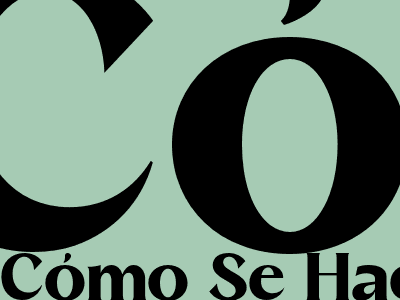How to Craft a Robust Glossary for Your Website
What is a Glossary and Why Do You Need One?
A glossary is a specialized dictionary that defines and explains terms related to a particular subject or industry. In the context of a website, a glossary can provide crucial information to users, helping them understand the unique language and jargon used within your content.
By creating a glossary, you can:
Step-by-Step Guide to Creating a Comprehensive Glossary
1. Define the Scope and Purpose
Determine the specific subject matter or industry that your glossary will cover. Identify the target audience and their level of understanding of the topic.
2. Gather and Curate Terms
Conduct thorough research to compile a comprehensive list of terms relevant to your topic. Consider user feedback, industry publications, and subject matter experts to ensure inclusivity.
3. Write Clear and Concise Definitions
Draft definitions that are easy to understand, avoiding technical jargon and unnecessary complexity. Use plain language and provide examples to illustrate the meaning.
4. Organize and Categorize Terms
Structure your glossary logically, grouping similar terms into categories or sections. This makes it easier for users to navigate and find the information they need.
5. Provide Context and Background
Include additional information beyond the basic definition, such as the history or origin of the term, its usage in different contexts, and related concepts.
6. Seek Feedback and Refine
Get feedback from colleagues, industry experts, or beta users to ensure the accuracy, clarity, and completeness of your glossary. Make necessary revisions to improve the quality and usability.
Additional Tips for an Effective Glossary
Conclusion
By following these steps and incorporating the suggested tips, you can create a robust and user-friendly glossary that enhances the value of your website and provides a valuable resource for your audience.

Komentar